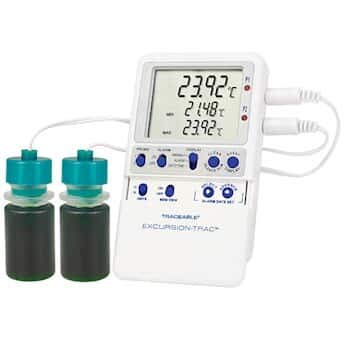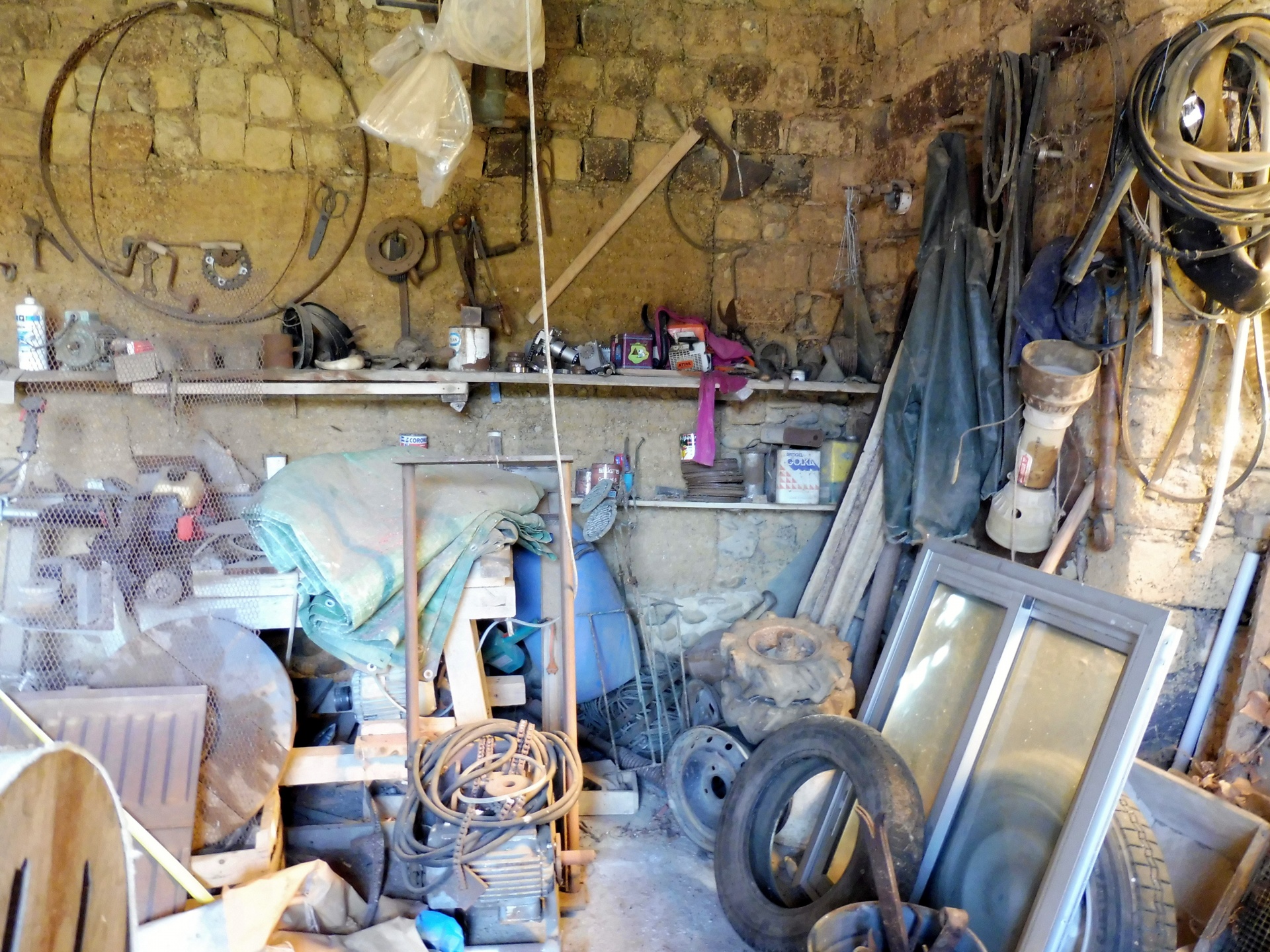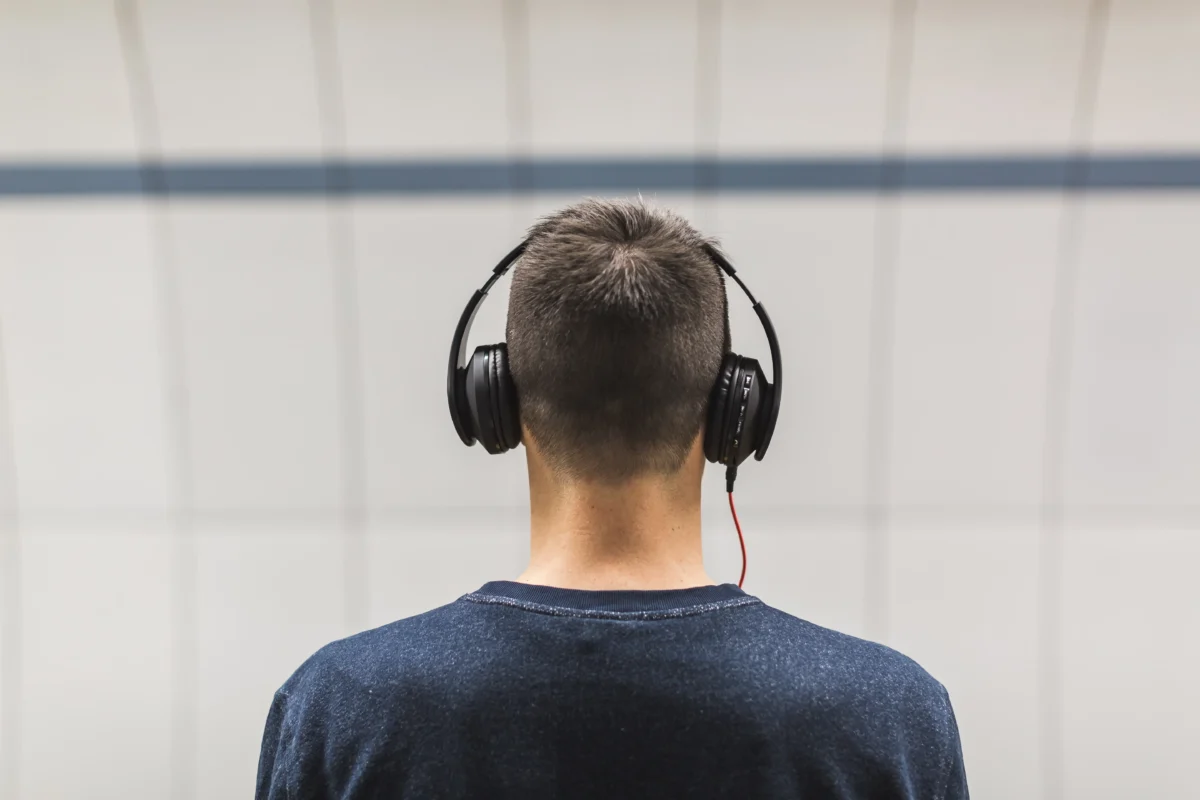A Handyman’s Guide to Understanding and Following FDA Thermometer Calibration Requirements
Attention all handymen (and handywomen) who are responsible for ensuring food safety in their kitchens! It’s important to keep up with the FDA thermometer calibration requirements to avoid any potential health hazards. Properly calibrated thermometers play a critical role in keeping food safe by ensuring that it is cooked and stored at the correct temperatures.
In this article, we’ll cover the basics of understanding FDA thermometer calibration requirements, the importance of calibration in food safety, how to calibrate your thermometers in accordance with the guidelines, maintaining compliance with the requirements, and what common mistakes to avoid in the process. By the end of this article, you’ll be one step closer to becoming an expert at thermometer calibration and ensuring the safety of your food. Keep reading to learn more!
Understanding the FDA’s Thermometer Calibration Requirements
As a handy man who is good at fixing things, it’s important to understand the FDA thermometer calibration requirements to ensure that your thermometers are providing accurate readings. The FDA has established strict guidelines for thermometer accuracy in order to protect public health and safety.

The first step in understanding these requirements is knowing the difference between calibration and verification. Calibration involves adjusting a thermometer to match a known standard, while verification simply checks that the reading falls within an acceptable range.
According to the FDA, all thermometers used for food preparation or storage must be accurate within ±2°F (±1°C). However, some states may have stricter regulations with tighter tolerances. It’s important to check with local health departments or regulatory agencies for specific requirements.
To properly calibrate a thermometer, you will need access to either an ice bath or boiling water bath depending on whether your device measures temperature range below boiling point of water (212°F) or above it . Simply place your thermometer into the appropriate bath until it stabilizes its reading then adjust accordingly using either adjustment dial present on device if available otherwise consult manual provided by manufacturer .
It’s also important not only calibrate but verify each time before use as well as periodically after few weeks/months , especially if they’ve been dropped , subjected excessive temperatures ,or undergone any other form of damage which might affect their accuracy
By following these guidelines and regularly verifying/calibrating your thermometers you can ensure that they are providing reliable measurements every time you use them. This will help keep food safe from contamination and prevent any potential health risks associated with inaccurate temperature readings.
The importance of thermometer calibration for food safety
As a handy person, you know the importance of proper calibration when it comes to your tools. But did you know that this also applies to food thermometers? The FDA has strict requirements for thermometer calibration in order to ensure food safety and prevent illness.
A calibrated thermometer is essential for accurately measuring the temperature of your food, which is crucial in preventing the growth of harmful bacteria. Improperly cooked or stored foods can lead to serious illnesses such as salmonella and E. coli.
To ensure accurate readings, it’s important to calibrate your thermometer regularly using an ice water bath or boiling water test. This will help identify any discrepancies and allow for adjustments before use.
Don’t risk compromising the health and safety of those consuming your prepared foods by neglecting proper thermometer calibration. Make sure you are following FDA guidelines and taking proactive measures towards ensuring safe handling practices in all aspects of food preparation.
How do I calibrate thermometers according to FDA guidelines?
If you’re a handyman who works with thermometers in the food industry, it’s crucial to know how to calibrate them according to FDA guidelines. Failure to do so could result in inaccurate temperature readings, leading to spoiled food or worse yet, foodborne illness.
The first step is understanding the calibration process. You’ll need a reference thermometer that’s accurate within 0.5°F and an ice bath for low-temperature calibration or boiling water for high-temperature calibration.
« christmas tree trends
hsi professional glider hair straightener »
To calibrate at low temperatures, fill a large container with crushed ice and add enough water so that the mixture resembles slush. Place both your thermometer and reference thermometer into the mixture without letting them touch each other or any part of the container. Wait until both reach equilibrium (around three minutes) before adjusting your thermometer accordingly.
For high-temperature calibration, bring water to a rolling boil in an uncovered pot before placing both thermometers inside without letting them touch each other or any part of the pot. Once again wait until they reach equilibrium (usually around one minute), then adjust your thermometer as needed based on its reading compared with that of your reference device.
Remember: Calibration should be done regularly depending on usage frequency – once every six months is recommended by FDA guidelines – and anytime after dropping or jarring either instrument during use!
Maintaining compliance with FDA calibration requirements
As a handy man, you know the importance of precision in your work. And when it comes to medical equipment and devices, accuracy is even more crucial. That’s why maintaining compliance with FDA thermometer calibration requirements is so essential.
The FDA has strict guidelines on how often thermometers used in medical settings must be calibrated and verified for accuracy. Failure to comply can result in serious consequences, including fines or legal action.
To ensure that you stay compliant with these regulations, it’s important to have a solid understanding of the requirements themselves as well as the tools necessary for proper calibration.
This includes using certified test equipment specifically designed for thermometer calibration and following established procedures that are documented according to industry standards.
By adhering closely to these guidelines and investing in high-quality testing equipment from reputable suppliers, you can ensure not only compliance but also accurate readings from your thermometers every time they are used – ultimately leading to better patient care outcomes.
Common Mistakes to Avoid in Thermometer Calibration
When it comes to thermometer calibration, there are several common mistakes that even the most experienced handyman can make. In order to ensure accurate temperature readings and comply with FDA requirements, it’s important to avoid these errors.
The first mistake is using an improper reference thermometer for calibration. It’s crucial to use a reference thermometer that has been certified by a reliable source and calibrated against national standards. Using an inaccurate or uncertified reference thermometer will result in incorrect temperature readings.
Another mistake is not allowing enough time for the thermometer to stabilize before taking measurements. Temperature sensors need time to adjust and reach thermal equilibrium with their surroundings, so be sure to wait at least 30 minutes before calibrating your device.
It’s also important not to apply too much pressure when inserting the probe into calibration equipment or test points. Doing so can cause damage or inaccuracies in your device.
Finally, failing to document each step of the calibration process can lead you down a path of uncertainty if something goes wrong later on down the line; documentation ensures consistency throughout future calibrations as well as provides peace of mind should any regulatory questions arise during audits.
By avoiding these common mistakes when calibrating thermometers, you’ll be able maintain accuracy within guidelines set forth by regulation agencies such as FDA while ensuring confidence in your ability read temperatures accurately across various applications whether cooking dinner at home or testing medical equipment!
Conclusion
Now that you have a good understanding of FDA thermometer calibration requirements, you are well on your way to ensuring food safety and compliance. Make sure to follow the guidelines carefully and address any common mistakes that could occur when calibrating thermometers so you can prevent costly errors. Start by familiarizing yourself with these regulations today – it will save time in the long run!















